The content of the article
Few know what a bedstraw is. Beekeepers know that this plant of the family of marenov is a great honey caster (bees collect honey from it). Meanwhile, the bedstraw is a real treasure for those who know about its beneficial properties and contraindications. It is recommended to use it mainly for therapeutic and prophylactic purposes for a number of diseases.
Where does a bedstraw grow and how does it look
The bedstraw is a perennial plant. Its stems have a height in the range of 10-75 cm, they are as if pubescent with soft short down. The leaves are spiky, dark green in a young plant, and a little lighter in an already mature bedstraw.The peculiarity of the plant is that the lower, closest to the rhizome leaves have a characteristic gray pubescence, which looks similar to velvet. As for flowers, they are small and collected in inflorescences, like a brush in thick pyramidal panicles. The color of the petals is light yellow, and the flowering time is the second half of summer, from the end of June to August. The plant is not poisonous and you can taste it - it must be astringent.
It grows mainly in the plains and steppes. The geography of the spread of the plant is impressive - the bedtime grows from Greece, where it is called a gala (from the ability to turn off the milk of its eaten cows), and to the Tatar tribes, where the plant is called yogurt, again for the same reason. Bedstraw grows in Eurasia, Asia and North Africa. Alas, often people take it for useless weed. Plants like penumbra, moist soil and tolerate the winter cold.
Scope of the bedstraw
- choleretic;
- painkillers;
- anti-inflammatory;
- diaphoretic and antipyretic;
- laxatives;
- sedatives;
- and hemostatic.
It is not surprising that the correct use of tinctures and decoctions of the plant give a tonic and rejuvenating effect.
Medical direction in the use of the bedstrap, though the main and more relevant, but there is something else - in Europe, the bedstrap was used in the kitchen and in the guilt from ancient times. For example, fragrant bedstraw added around the famous white wine. In addition, the leaves of the plant, added to the sourdough for cheese, make it more tasty, slightly creaking and very fragrant. And, finally, the plant is used to more quickly fold (curl) milk.
The chemical composition of the bedstraw
Healers of different nations call this plant differently: leg, breast, yellow porridge, chervishnik, cutting and cutting-grass, serum ... this is due to the fact that all herbalists are well aware of the benefits that are hidden in the plant. All parts of the plant contain ascorbic acid, vitamin C and carotene (provitamin A), steroid saponins, iridoid glycosides, coumarin, anthraquinone, tannins, a number of carotenoids and flavonoids.In addition, the plant is rich in rare types of acids:
- gallic;
- ellagic;
- phenol carbon.
But this is not all - the bedstraw contains very valuable trace elements. Among them: zinc, copper, chromium, nickel, thallium, titanium. As well as in the composition there is vanadium, molybdenum, manganese, iron. But renin, causing the curving effect, is found only in the leaves and inflorescences of the plant. Here is such a priceless treasure - a bedstraw.
Bedstraw: contraindications
The plant is not poisonous, and it is absolutely safe for most people and domestic cattle (it is happy to eat goats, cows and sheep). But it should be remembered that modern man has long since moved away from Mother Nature, and his body has changed. To put it differently, the reaction of different people to taking a plant and infusions from it can be completely different, someone will feel great, others may have loose stools, and others may have dizziness and nausea (due to an overdose of microelements). You should not exclude the possibility of an allergic reaction.
This does not mean that it’s time to forget about the plant - just consult your doctor.Learn about your health condition, and if you have any contraindications to the use of herbal infusions and teas, in particular, from a bedcloth. If you decide to drink decoctions and tinctures from this plant, or add it to food, then follow our advice - start with small doses, check the body's reaction to new elements.
How to use a bedstraw
Recipes unconventional (that is, folk) medicine using this plant mass. For example:
- Dried and then crushed leaves of the bed-bed are excellent powder used for diaper rash, rubbing of the skin, excessive sweating (can also be used by children to protect against prickly heat and irritation). If this herb is rubbed with a neutral base, the resulting ointment will be an excellent remedy for burns, wounds, ulcers, boils, acne and scrofula.
- The folding and drying effect can help out with cuts, help with the presence of lesions of eczema or depriving. Dried flowers of the plant and the stems with leaves are ground to a state of powder and then problem areas are sprinkled on them. When bleeding gastric ulcer is recommended to either ingest a third of a teaspoon of grass, washed down with warm water every morning, on an empty stomach, or take an infusion.
- Infusion of tops of bed-bed is recommended to use in the presence of such illnesses as hemorrhoids, painful and too heavy menstruation, nosebleeds. It is also used in dysentery, gout and edema as a diuretic, with intestinal colitis and painful cracks in the esophagus, with endometritis (inflammation and damage to the mucous membrane and the inner walls of the uterus).
- Broths and infusions of herbs of the bedstraw are considered an effective anesthetic, therefore they are often given to drink for headaches, as well as to rinse the oral cavity for dental pain.
- The antipyretic and anti-inflammatory effect of the plant makes it an indispensable aid in the treatment of acute respiratory infections, various colds, sore throats and tuberculosis, as well as drugs on the basis of bedstraws are excellent for fever.
What does modern medicine say about a bedstrap?
Although official medicine is skeptical of folk treatment, doctors cannot deny the use, strength and influence of certain herbs and plants. In the end, many patented drugs contain extracts of healing herbs, snake venom, and so on.Regarding directly to the bedstraw, studies have shown that the plant does have a strong anti-inflammatory as well as a choleretic effect.
Experiments conducted first on mice and dogs, and then on volunteers, showed that the decoction of the grass is able to normalize the level of sugar (glucose) in the blood of a person suffering from diabetes. In addition to the above, experts established the presence of diuretic properties, anticonvulsant effects and sedation. For this reason, broods of bedstraws were prescribed to suffer from epilepsy and hysteria.
The conducted experiments and their results prompted a number of doctors to attempt to create an anticancer drug based on a bedstraw. Scientists have shown that a simple tincture of the herb of this amazing plant inhibits the growth of lymphosarcoma by 80-85%. Experiments conducted on animals with leukemia, showed that the infusion of the bedstrap significantly reduces the severity of leukocytosis.
When and How to Harvest a Bedstraw
Slightly shake, the tops are dried in the shade, or in a dark, well-ventilated room, best of all - under a canopy. Can be laid out on a wooden surface, or hung carefully. Dried grass and flowers are stored in a paper or canvas bag in a dry, dark and always cool place. Subsequently, it goes to decoctions, tinctures, ointments and powders (in accordance with the dosages of the formulation).
For the preparation of extracts and tinctures often squeeze juice from fresh tops. In order to preserve and preserve it is diluted in a ratio of one to one with alcohol. Tinctures are also made from peeled and crushed rhizomes. The taste of tinctures and decoctions (as well as infusions) should be slightly bitter and astringent.
Video: medicinal properties of a bedstraw

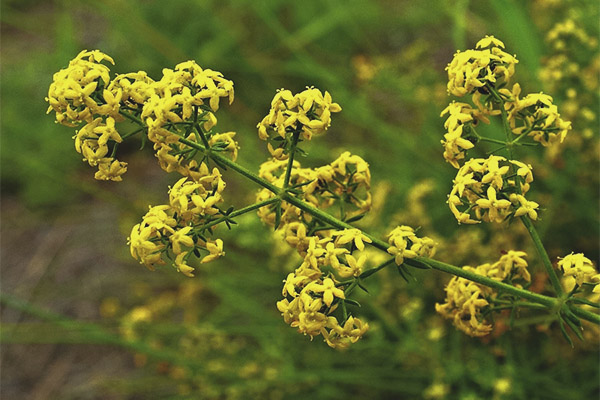



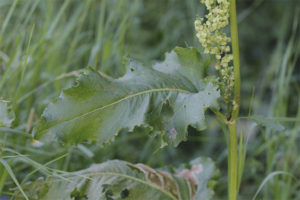
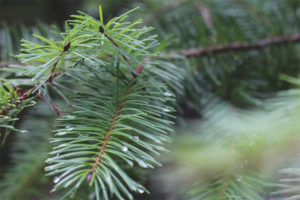


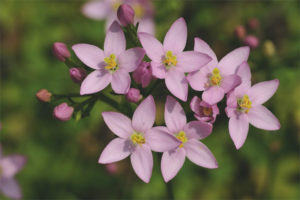
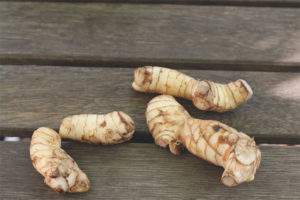
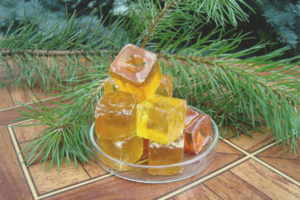
To send